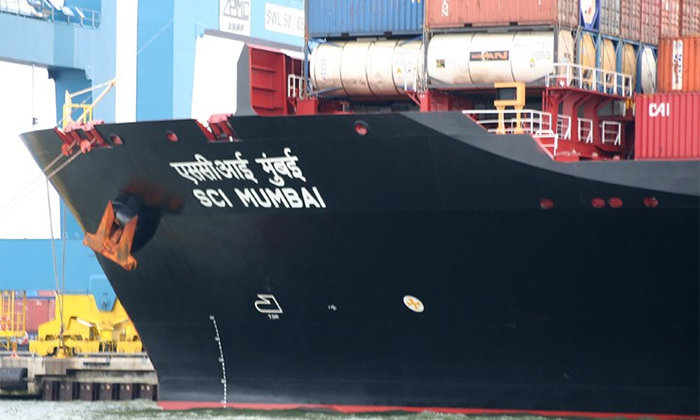
ANALYSIS | Odds stacked against Shipping Corporation of India sale
MUMBAI : The government will likely come under pressure to “re-look” the process of privatising Shipping Corporation of India Ltd (SCI), the nation’s biggest ocean carrier, as clarity emerge on splitting the core and non-core assets of the company which were not available to potential buyers when the transaction was kicked off in December 2020.
This begs the view that that the process should be started afresh as those who stayed away from the on-going exercise would get another chance to go after the deal under changed terms.
To add to the concerns, the Director General of Shipping, India’s maritime regulator, on 24 February introduced age norms for ships plying along the coast and in overseas trade. The D G Shipping has imposed a 25-year-old cap for oil tankers, bulk carriers, general cargo vessels, offshore fleet and anchor handling tugs and 30 years for gas carriers, chemical tankers, and fully cellular container vessels.
The age restrictions will impact a few of the vessels on Shipping Corporation’s 59 strong fleet and, in turn, the valuation of the company during sale. For instance, eight ships on its mainstay crude carriers and product tankers fleet are more than 20 years old and will reach the operational limit prescribed by the maritime regulator in the next few years after which they need to be sent to the graveyard for dismantling.
The demerger of the core shipping assets and the non-core real estate of the company into separate entities was approved by the Ministry of Corporate Affairs on 22 February after following the due process spread over several months. The demerger, among other things, involves transferring Rs1,000 crores from the core shipping company to the non-core company ahead of the planned sale of the national carrier, an issue that will further impact the value at the time of privatisation.
The transfer of Rs1,000 crores will leave Shipping Corporation with hardly any cash to carry out its day-to-day operations, particularly when it hits a wrong shipping cycle, not to mention fleet rejuvenation with modern ships (one of the main aims of the regulator’s age norms) which has been stalled since the sale process began three years ago.
In effect, Shipping Corporation’s business has remained stuck at where it was a few years ago with the fleet getting older by the year, rendering a ‘illogical’ hue to the entire process.
Even a balance amount of Rs133.85 crore from the proceeds of a follow-on public offer held in December 2010 is yet to be utilised for buying ships, the only purpose for raising the funds that time per the objects clause set out in the share sale prospectus.
The long-drawn privatisation process has completely decimated the fleet renewal plans of the company and blocked a concrete business plan going concurrently.
This has weakened the company and its valuation with the fleet getting older along with maintenance challenges, sparking concerns about the commercial viability of the transaction and the lack of foresight to develop the company, regardless of whether privatisation happens or not.
The odds against it happening are quite high as two of the three short-listed bidders are unlikely to submit price offers faced with their own financial challenges.
The importance of shipping as a strategic asset was reinforced during the pandemic when India’s exporters faced a huge shortage of container capacity to send goods as rates hit record levels.
Instead of spending Rs1,000 crores for the upkeep of the non-core company, the government should have instead spent that money on rejuvenating the fleet of Shipping Corporation, considered a strategic asset to back up its ambitions on becoming a major force in global trade, aside saving huge foreign exchange outgo on freight.
Source : ET Infra
